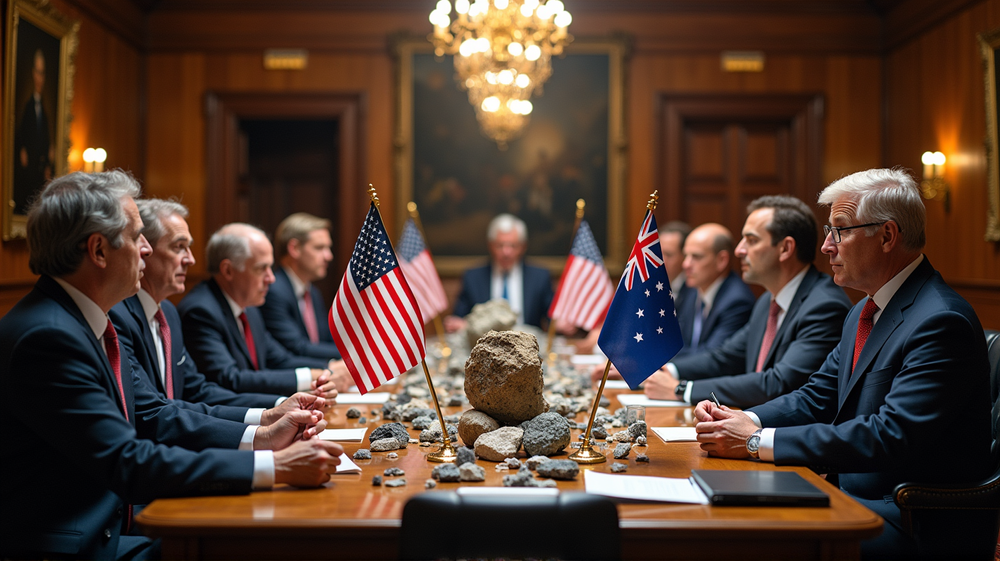Decoding the Albanese-Trump-Critical Minerals Pact Amid Global Power Shifts
A New Kind of Economics
In a world steered by geopolitical pivots, the recent critical minerals agreement between Australia and the US stands out not just for its economic implications, but for how it reshapes power dynamics. While the dollar benefits are questionable, the pact offers Australia a strategic edge. As noted by Hayley Channer from the United States Studies Centre, securing US investment in Australia is a significant achievement. According to The Guardian, this deal places Australia at the heart of efforts to counter China’s dominance.
Complexity of Critical Minerals
Critical minerals hold a complex position in global supply chains. Despite minimal quantity needs in manufacturing, their importance is monumental. As Hayley Channer eloquently put it, these minerals are akin to “yeast in pizza”—indispensable but required in small amounts. This paradox challenges miners, who struggle with achieving economies of scale without government intervention.
Power Beyond the Numbers
Professor Richard Holden from UNSW emphasizes that the traditional cost-benefit analysis might not apply in this context. In the current geopolitical landscape, having leverage, or bargaining chips, can outweigh simple economics. Critical minerals have become such a chip for Australia, holding value not just for their practical utility, but as strategic assets in international negotiations.
Strategic Implications
China’s overwhelming presence in the rare-earth market, controlling vast portions of mining and manufacturing, highlights the urgency for diversification. This agreement, despite its doubtful commercial viability, is a strategic move against China’s market stranglehold. It’s a maneuver that acknowledges a reality where national interests intertwine with economic pursuits.
Moving Forward
The Albanese-Trump deal underscores a shift in how nations will navigate the delicate balance of economic and strategic imperatives. As nations increasingly act like nation-states rather than mere economic units, the weight of bargaining chips in global politics is highlighted. This approach may well redefine future economic policies in an unpredictable global landscape.




